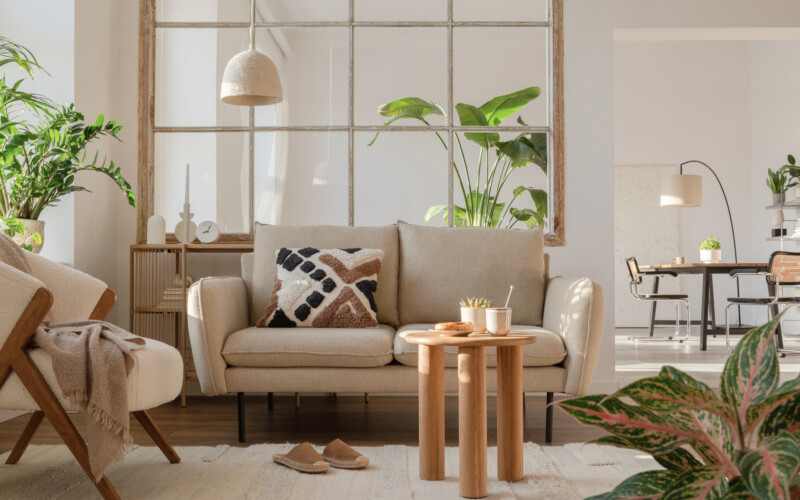
“It is undisputed that ‘built spaces’ influence how humans behave. Rooms can foster a sense of well-being or have the opposite effect. They alter how we feel, think and behave towards one another.” A clear statement by Dr Harald Stefan, MSc. and PhD. Dr. phil. Nursing Science. He works for the NAGS Austria association, a network focusing on aggression management in the healthcare and social sectors, and has investigated how architecture can affect staff and patients, among other things. And it is not only nursing and medical facilities that should pay attention to his findings.
Architecture has a calming influence – or not
Assuming that sick people are particularly sensitive, is it not possible that architecture might be affecting our sense of well-being when we are not ill as well? Even a healthy person cannot escape the effect of the spaces they inhabit. Some buildings undeniably seem threatening, some rooms cramped, others terrifying or disquieting. ‘This place is making me ill’, is a sentence we often hear. By contrast, other places are perceived as so cosy, homely and salubrious that we never want to leave. Why is that? Are the psychological effects of architecture given enough thought – holistically speaking? If so, then it is a fairly recent development. After all, research into and consideration of the connections between architecture and the human psyche are still very young; as the academic discipline of architectural psychology has only existed since the 1980s: “It was only after we built sufficient housing after the end of the Second World War that we started to think about what architecture and built spaces actually do to people”, says Birgit Dietz from the Technical University of Munich.
A view of nature is salutary
“We know that architecture has a more powerful effect on people who are ill. This applies all the more if they are older or suffering from dementia. Spatial environments have a more profound influence on us, our sense of well-being and health when we feel uncertain”, adds the architect Dr Birgit Dietz. This implies that even healthy people are unable to escape the influence of architecture and that the corresponding – positive – effects can be planned and implemented to the benefit of everyone concerned. During this process, architectural psychology also touches on other disciplines such as environmental and social psychology. “The point is to investigate how buildings and facilities affect people. Cultural backgrounds must be factored in as well when designing spaces. Our southern neighbours, for instance, do not echo the northern Europeans preference for bright rooms with a nice view. Good architecture needs to recognise, investigate and actively incorporate different cultural heritages”, says Dr Harald Stefan. Interestingly, a study conducted by the Swedish architect Roger Ulrich in 1984 demonstrated that a view of nature speeds up the healing process after surgery. A number of later studies confirmed that people who feel comfortable during hospital stays are less susceptible to infection. Put simply, they feel less stressed in the ‘right’ environment.
Good architecture has a positive effect on mental health – and social fabric
It is not necessary to mention that ‘good architecture’ is also a matter of personal taste and preferences. But universally valid insights exist nonetheless that have an equivalent effect on the human psyche – whether it is ‘modern or classic’ or the person is healthy or sick. It has been proven, after all, that ‘good architecture’ impacts positively on our mental health and can even deter aggression and violence. Dr Harald Stefan: “Planning and constructing buildings is nothing less than designing habitats that need to be tailored to their users. Succeeding in this nurtures satisfaction and will result in a better outcome.”
This design process refers to more than just the style of individual rooms or the building itself. “If we were not aware before, the pandemic taught us how important it is to feel at home in the rooms we inhabit – and that we benefit from having a place for leisure and to meet other people right on our doorsteps. In my view, the last few decades have shown that the public space – so the urban neighbourhood where we gather and socialise – has become immensely important.” What Prof. Elisabeth Merk, councillor for urban planning in the city of Munich, is addressing here affects all urban planners, project developers and architects around the world. It is about the big picture, so taking small steps to make us all feel more at home. The details of how we design homes, institutions, neighbourhoods and entire cities will profoundly affect our quality of life and decisively influence peaceful, healthy and harmonious coexistence across all age groups and cultures.
For more information, read the “Impact of Architecture” by the NAGS Austria association.
